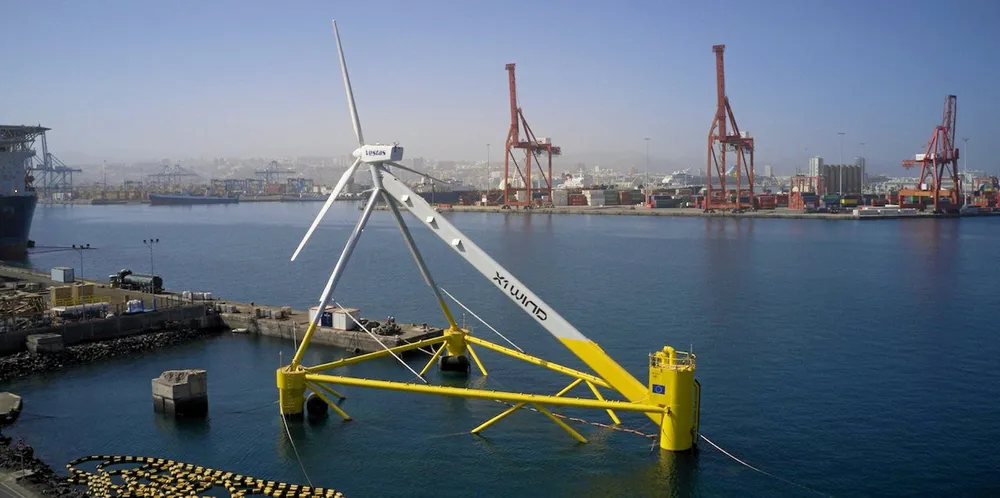Technip Energies takes strategic stake in next-generation floating wind player X1 Wind
Transitioning French energy contractor adds investment in Spanish outfit and its PivotBuoy concept to portfolio led by in-development INO12 semisubmersible unit

Transitioning French energy contractor adds investment in Spanish outfit and its PivotBuoy concept to portfolio led by in-development INO12 semisubmersible unit
